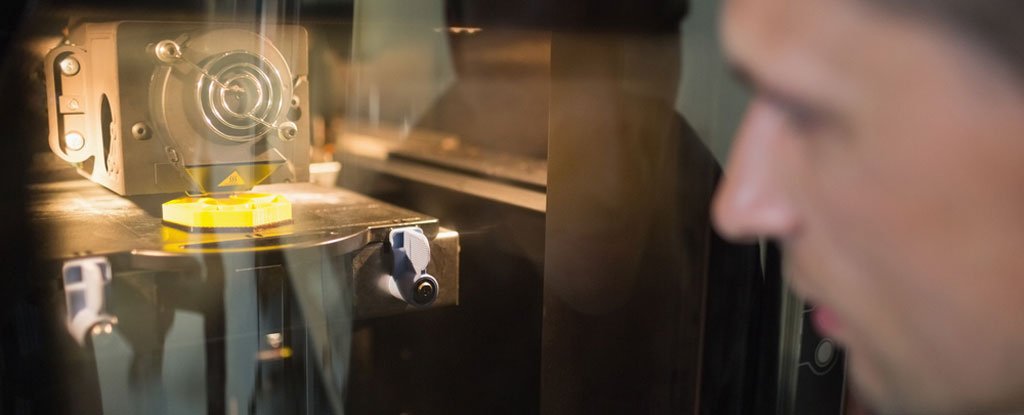- makeITcircular 2024 content launched – Part of Maker Faire Rome 2024Posted 2 weeks ago
- Application For Maker Faire Rome 2024: Deadline June 20thPosted 2 months ago
- Building a 3D Digital Clock with ArduinoPosted 7 months ago
- Creating a controller for Minecraft with realistic body movements using ArduinoPosted 7 months ago
- Snowflake with ArduinoPosted 8 months ago
- Holographic Christmas TreePosted 8 months ago
- Segstick: Build Your Own Self-Balancing Vehicle in Just 2 Days with ArduinoPosted 8 months ago
- ZSWatch: An Open-Source Smartwatch Project Based on the Zephyr Operating SystemPosted 9 months ago
- What is IoT and which devices to usePosted 9 months ago
- Maker Faire Rome Unveils Thrilling “Padel Smash Future” Pavilion for Sports EnthusiastsPosted 10 months ago
Anyone can steal 3D-printed products by just listening to the sounds the printer makes

New industries, new intelligence… a worrying security leak could damage the just-in-time production companies!
A new discovery has revealed a fundamental security flaw in today’s 3D printers. Researchers at the University of California, Irvine (UCI) say that by simply recording the noises a 3D printer makes while it’s printing, it’s possible to reverse-engineer the design of the object being produced.
The process works by listening to the noises a 3D printer makes to detect and track the movements of the printer’s nozzle. You can then use this to work backwards and figure out the design it’s following.In other words, you could hypothetically steal the intellectual property of any product being 3D-printed, just by placing something like a smartphone beside the 3D printer as it operates. For lots of open-source toys, figurines, and trinkets that are publicly shared on the internet, that’s not a problem, as many designs aren’t intended to be kept secret.
“According to the fundamental laws of physics, energy is not consumed; it’s converted from one form to another – electromagnetic to kinetic, for example,” said Al Faruque. “Some forms of energy are translated in meaningful and useful ways; others become emissions, which may unintentionally disclose secret information.”
In the case of 3D printers, the source code that instructs the machine – called G-code – can be encrypted, so you can physically 3D-print an object without getting access to its design information. But the loophole Al Faruque and his team discovered means there’s no 3D-object source that can’t be revealed by audio capture – at least to a significant degree.
Source: Anyone can steal 3D-printed products by just listening to the sounds the printer makes














